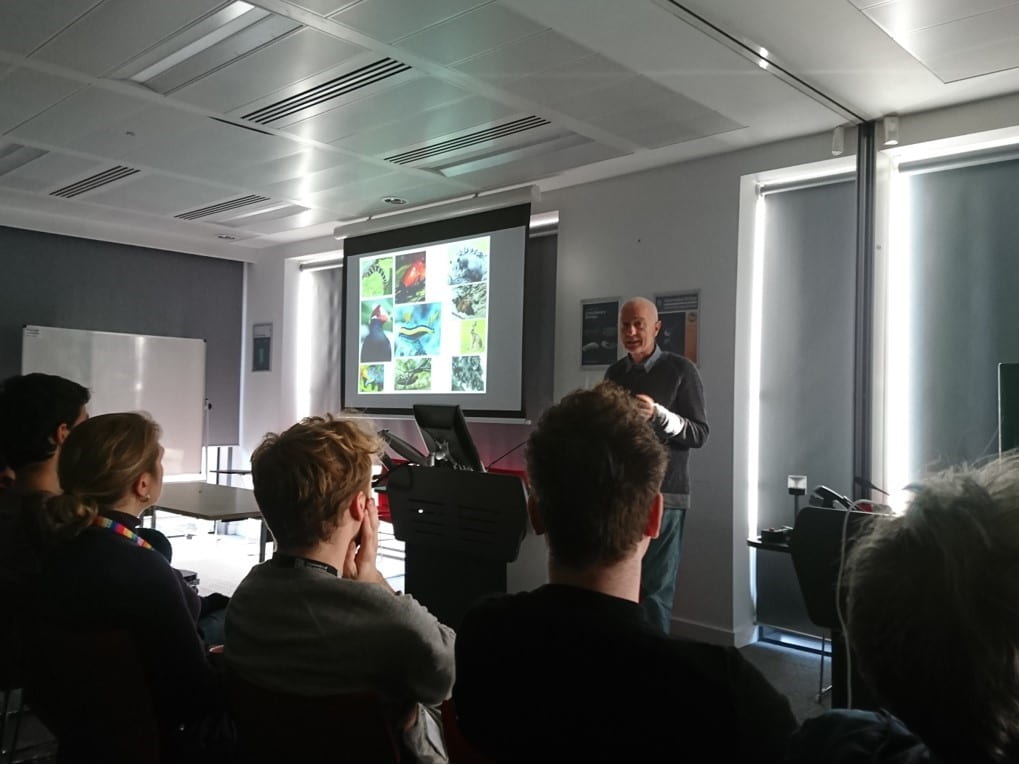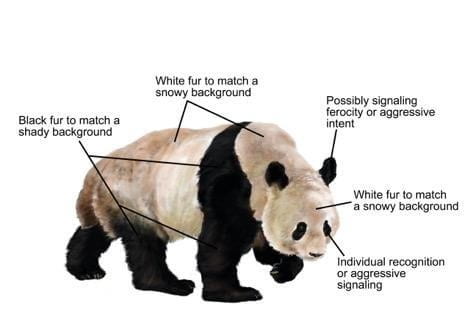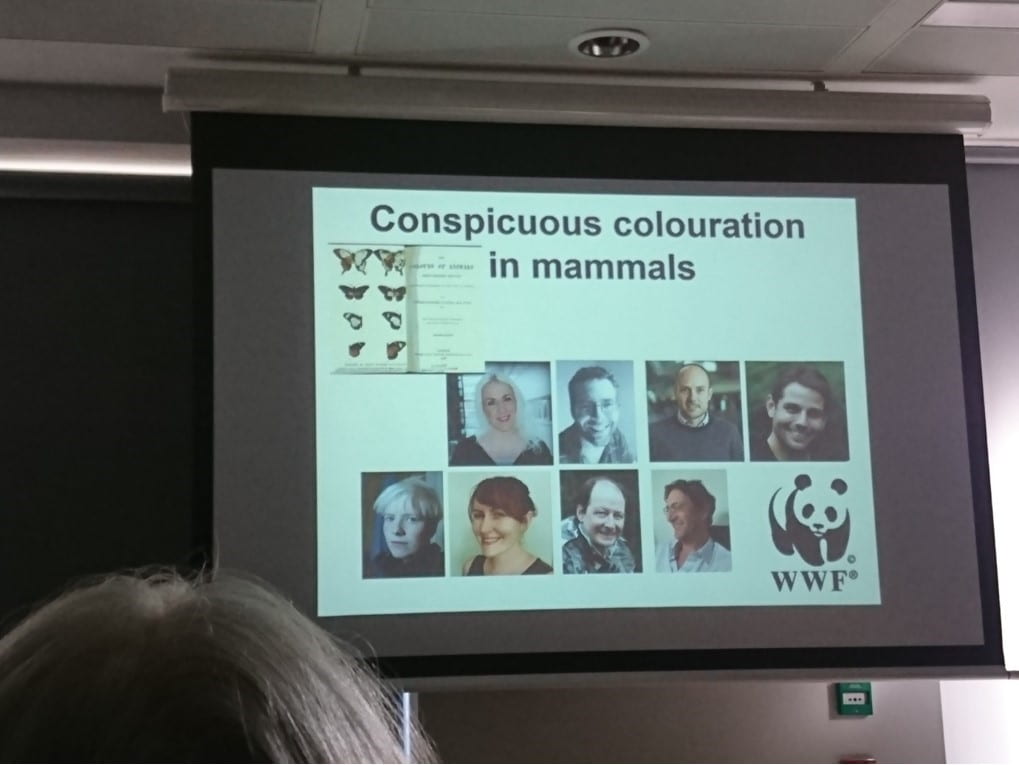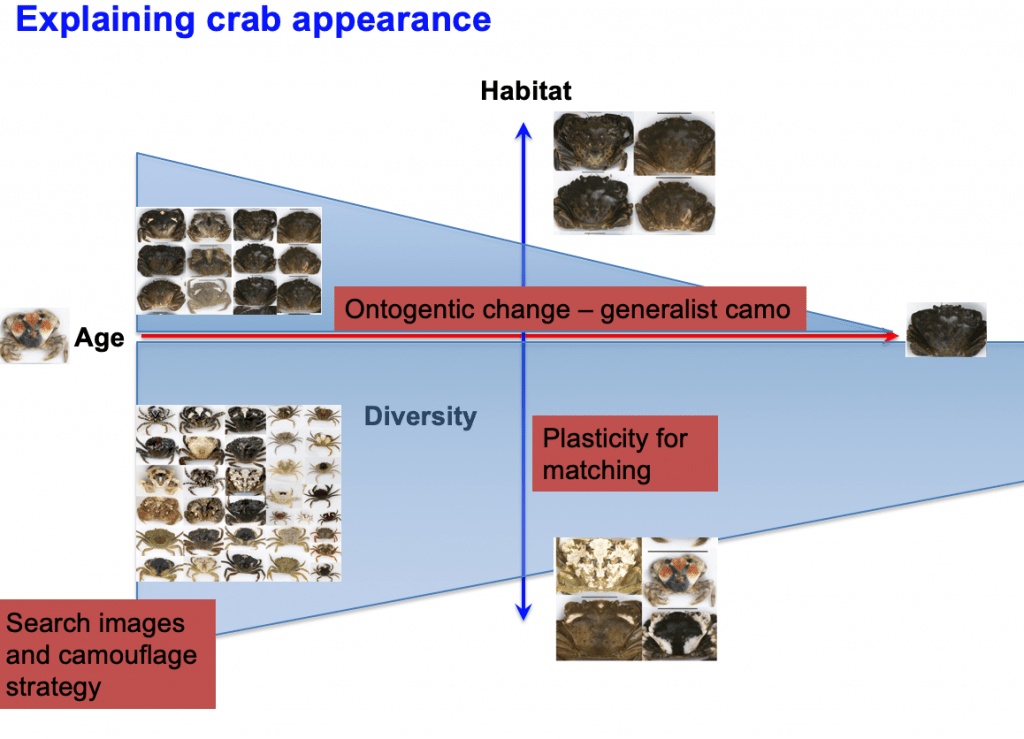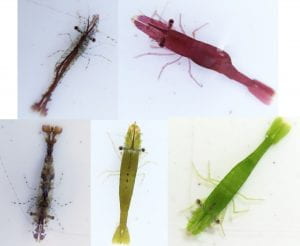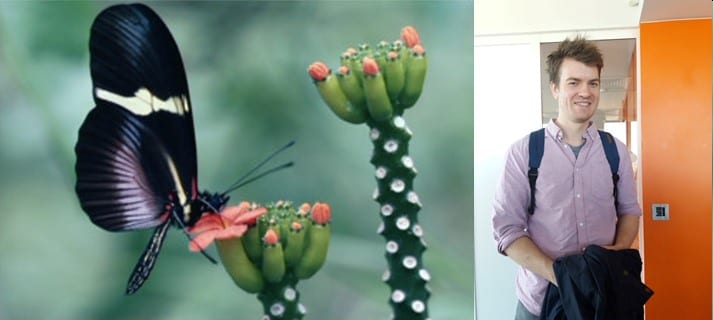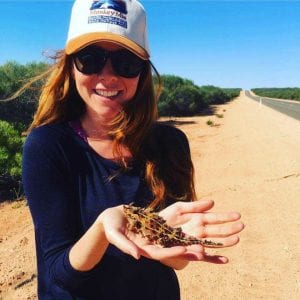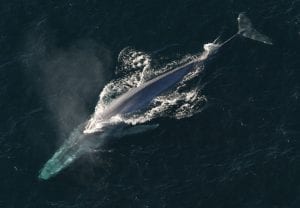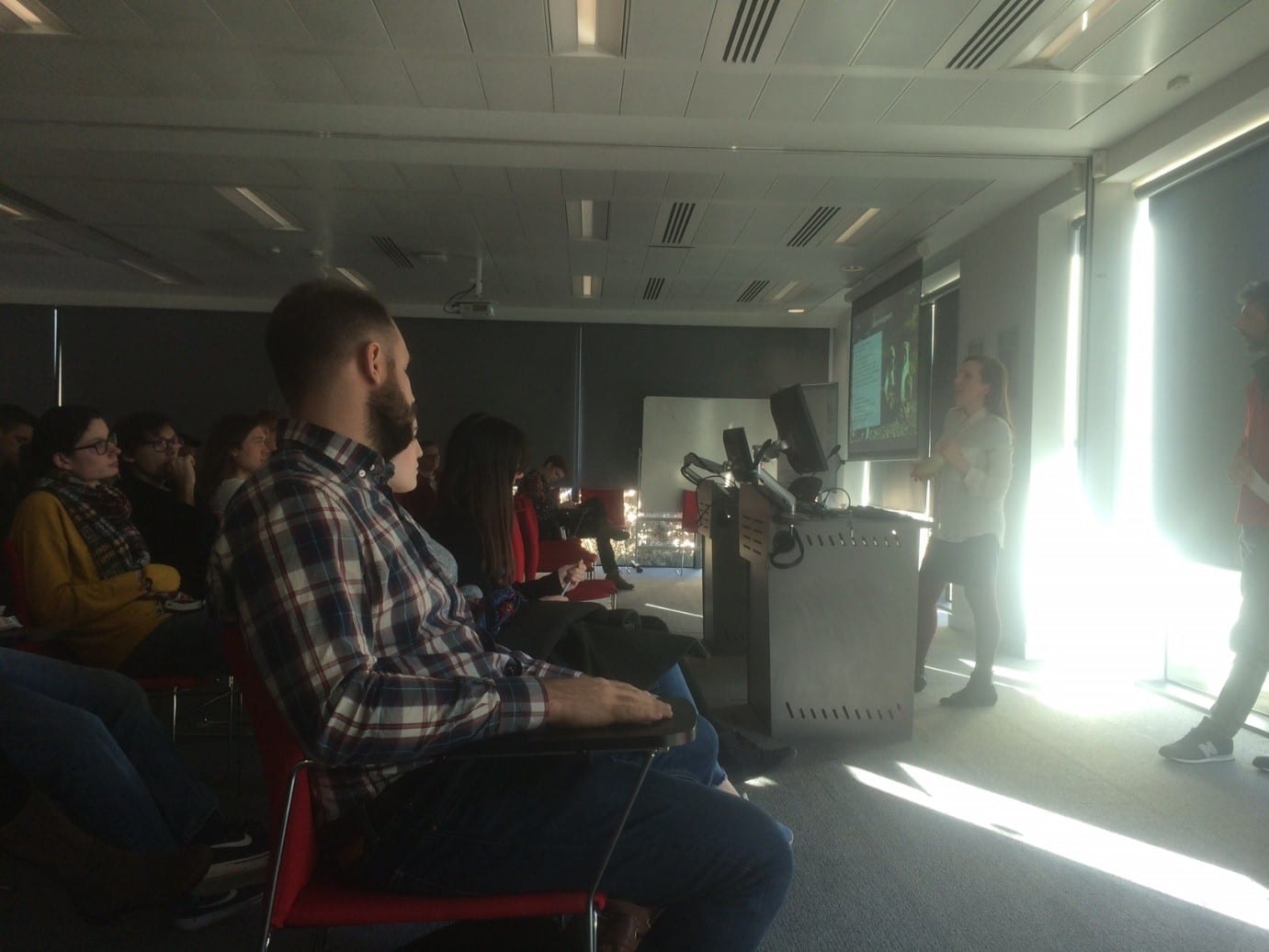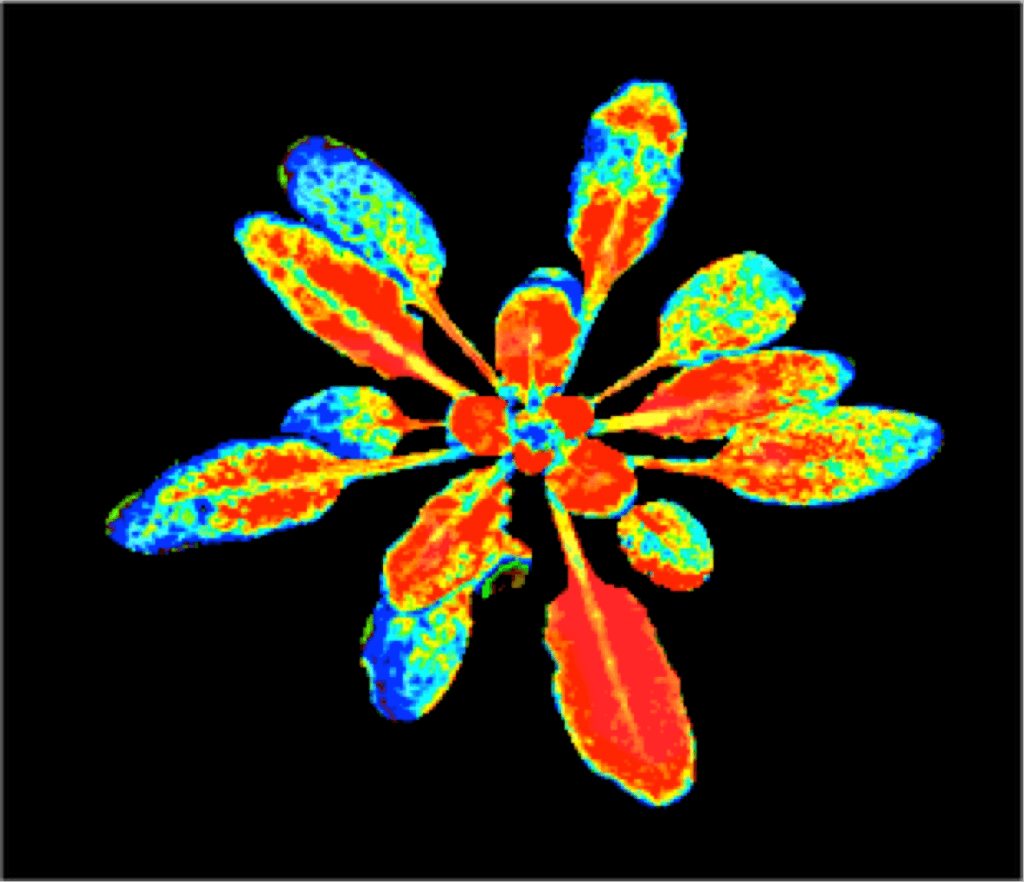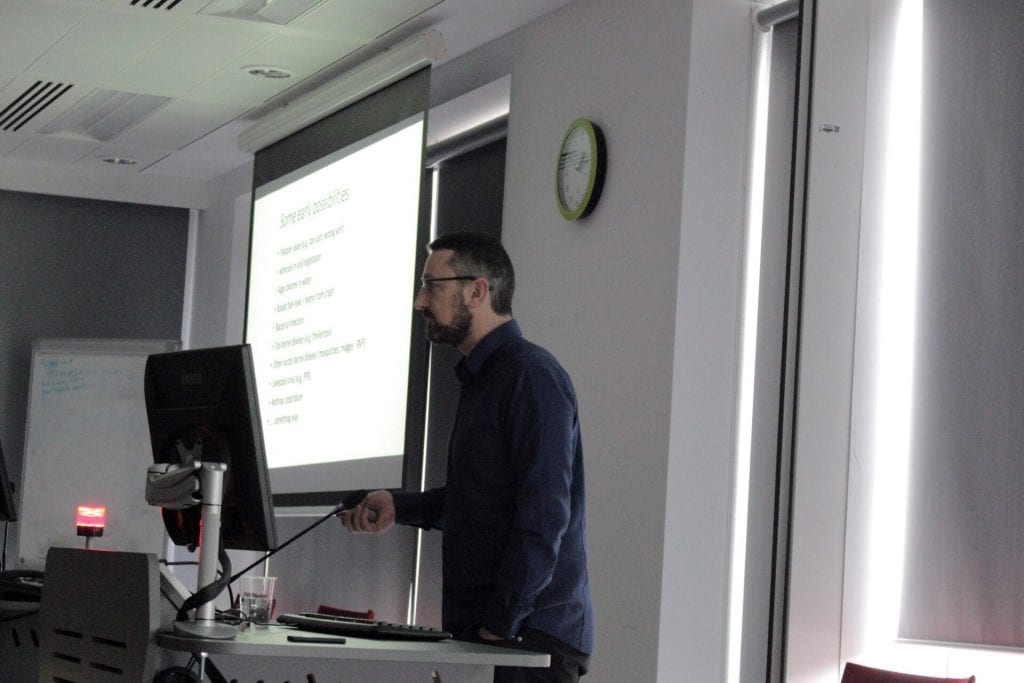Typically, you’d expect to see a lot of red and green at Christmas, but on Tuesday 3rd December, black and white took centre stage for the Biological Sciences 2019 Christmas Lecture. Professor Tim Caro spoke to provide the answers to questions such as why zebras are striped and why giant pandas are black and white.
Pandas were the opening act, and Professor Caro walked us through the possible hypotheses behind their striking, and seemingly eye catching, colouration. Were the black and white patches a form of aposematism, like it is thought to be the case with skunks?
Comparative analyses suggested this was not the case. Contrary to human assumption, Tim showed that the contrasting patches are adapted for crypsis in both shade and snow, and that markings on the head are used in communication.
Tim also stressed the importance of evolutionary time in understanding the believability of this theory. While nowadays they do not have any natural predators, thousands of years ago pandas cohabited with tigers, bears and wild dogs. Camouflage would thus likely have been highly beneficial in the panda’s snowy mountain habitat.
Explaining the adaptive significance of zebra stripes was next. Logically and methodically dissecting all well-known theories that attempted to solve the riddle of this famous equid’s stripes, he left the audience wondering what was left.
The first theory to fall was camouflage. Research shows that the stripes of zebras do not, as previously thought, make them harder to spot at moonlight. Stripes as an anti-predator defence is therefore unlikely. Cooling was also shown to be an improbable answer, as it has been proven that the temperature of zebras compared to other non-striped equids is higher in the summer months.
Perhaps the stripes facilitate social stimulation? Probably not. Grooming rate in zebras is low compared to other equids, so it looks unlikely neck stripes encourage social bonding this way. Furthermore, in many equid species individuals can accurately recognise each other without striped hair. The last to receive a grilling was the confusion effect hypothesis as an anti-predator defence mechanism. It turns out that in assessing the number of individuals in a herd, difficulty doing so depends only on the size of the herd, and not if members are striped or not.
Like a magician revealing his final trick, Tim explained the missing piece of the puzzle was ectoparasite avoidance. His team discovered a striking correlation between the geography of striped equids and the distribution of tabanids (biting flies).
Originally proposed in 1940, this theory wasn’t investigated until Tim and his team used a multi factorial analysis to track the distribution of zebras and other equids to see if there was a pattern. They found there was a strong association between the presence of striped equids and the presence of tabanids. Further experiments dressing up horses in striped coats (yes, you read that correctly) showed that flies struggled more, in landing on and biting, those with striped coats.
Tim’s parting message was one that focused on conservation. He stressed that children should not be told fairy tales to explain how animals came to be and why they look the way they do. Rather, we should explain to them the science behind it, so that the public can understand and be convinced to do something about the biodiversity crisis.
Following the talk, I caught up with Tim over a class of mulled wine to find out a bit more about him, and why he chooses to study such charismatic and recognisable animals.
So, Tim, why did you decide to study biology?
My mother gave me the Observer’s Book of Birds when I was three years old and ever since then I was hooked.
Was there a particular teacher or tutor that inspired you?
There is one that definitely stands out. He was called Mr Harlen and I think he taught Biology. I remember one day he drew a diagram of an alimentary canal in such a simple, logical way, and I thought, ‘this is makes so much sense’.
Why have you chosen such recognisable and charismatic animals to study, such as cheetahs, zebras and pandas?
I like that there are thorny issues surrounding these species, their behaviour and the way they look, which everyone has some interest in understanding.
Which animal has been your favourite to work with and why?
It would have to be cheetahs. For four years I was alone in the Serengeti studying their mating systems and I learned a lot.
Is there anything you wished you had done differently in the field?
I would say that dressing up in a zebra-striped onesie and walking through the territory of the local lion pride wasn’t my greatest idea.
Do you have any advice for third years, or anyone considering postgraduate study?
Absolutely. Find the thing you are really interested in and research it. Really get into a system or get to know a species or group really well, so that you become the ‘go to’ person about that area. I wish I had done that, and I think it can really help inspire and direct your study.
Written by Esme Hedley (3rd Year Biology BSc)
 Esme Hedley is a third-year year biology student with a passion for behavioural ecology, science communication and scientific illustration.
Esme Hedley is a third-year year biology student with a passion for behavioural ecology, science communication and scientific illustration.


